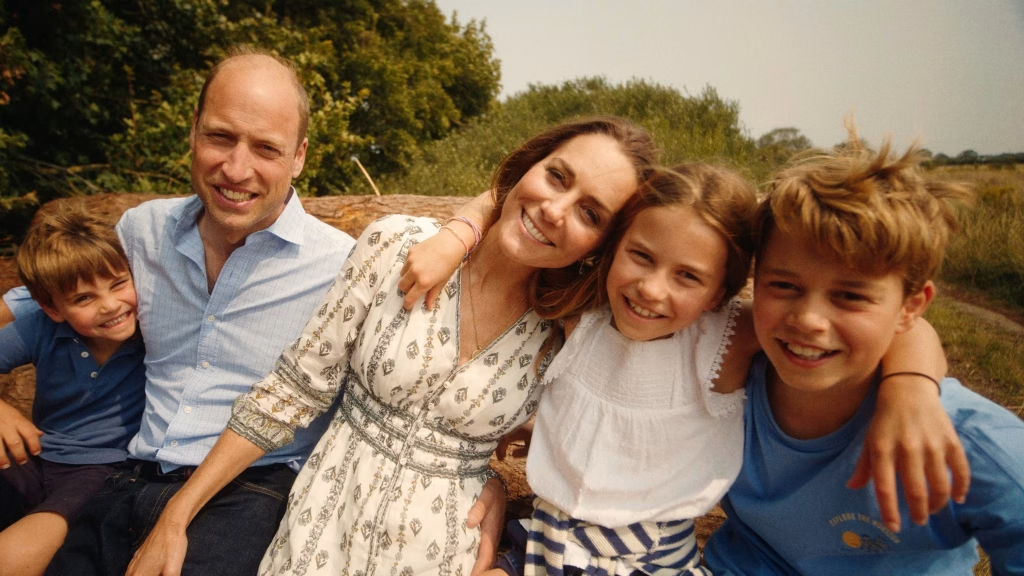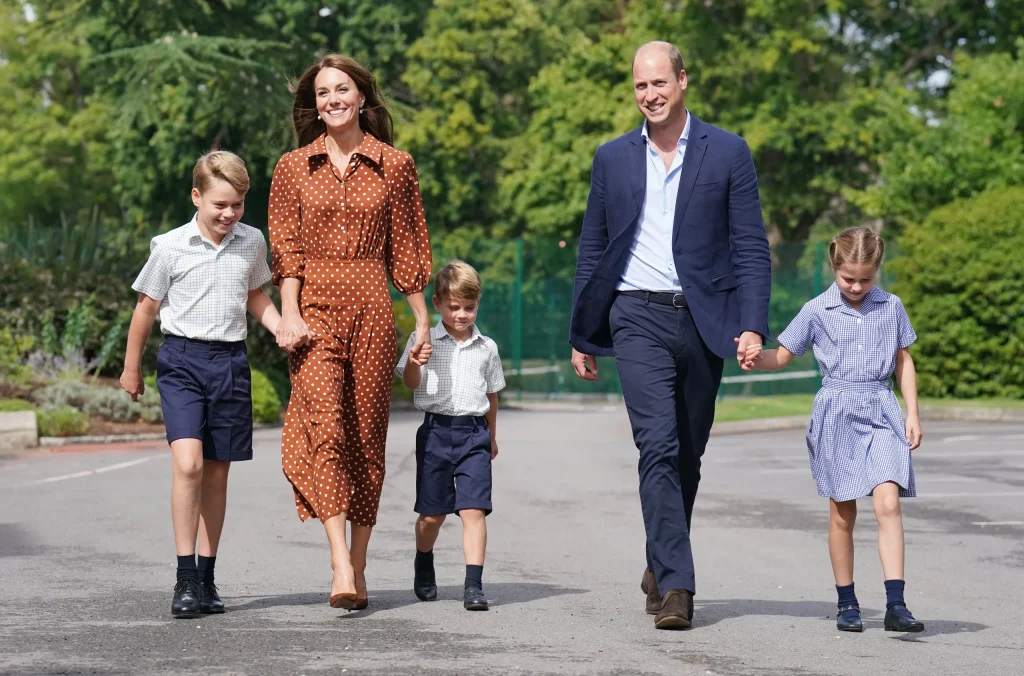The world was shaken to its core when Princess Diana died in a car accident in Paris on August 31, 1997. Considered by many to be the most beloved woman in the world, her death garnered a huge worldwide ripple, and it didn’t just impact the public. The royal family would forever be changed.
Queen Elizabeth II had to confront Princess Di’s popularity
While Diana was one of the most popular royals in British history, her in-laws were far less fond of her. She often broke royal rules, which irritated the Queen, yet her compassion — visiting AIDS patients and young cancer patients — reflected positively on the monarchy. Still, Queen Elizabeth II never fully understood Diana’s appeal. Initially, she opposed sending a royal flight to retrieve Diana’s remains. But after seeing the outpouring of grief, including 60 million flowers left at the palace gates, she addressed the nation — though some say she was pressured to do so.
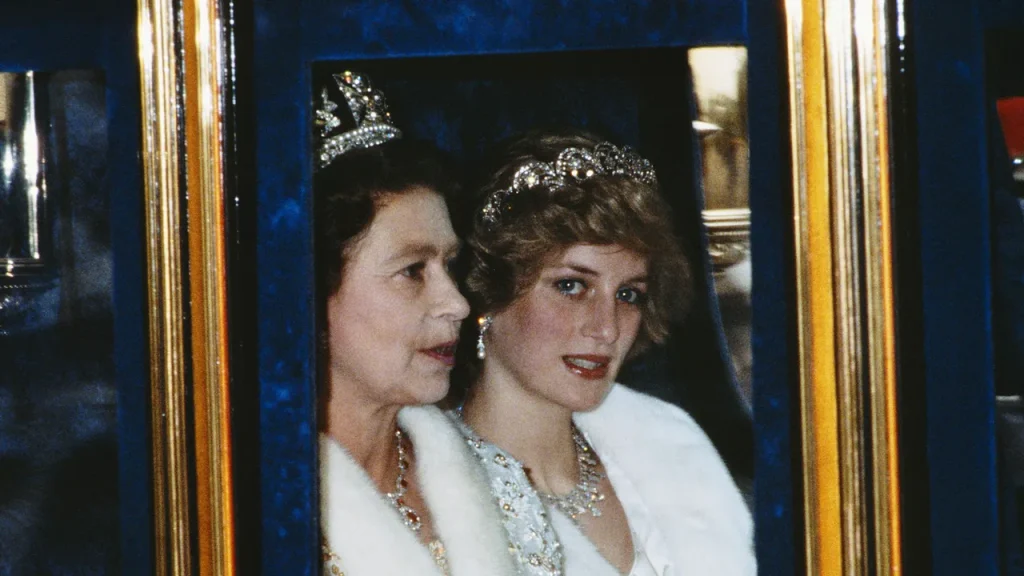
King Charles III was devastated by the news
Even though they were divorced, Diana’s death deeply shattered Charles. Royal journalist Christopher Andersen wrote that Charles “let out a cry of pain so spontaneous and from the heart” that palace staff found him collapsed and in tears. Nurses at the hospital said that when he saw her body, he “looked like he’d been hit in the face.” The grief affected him profoundly for years.
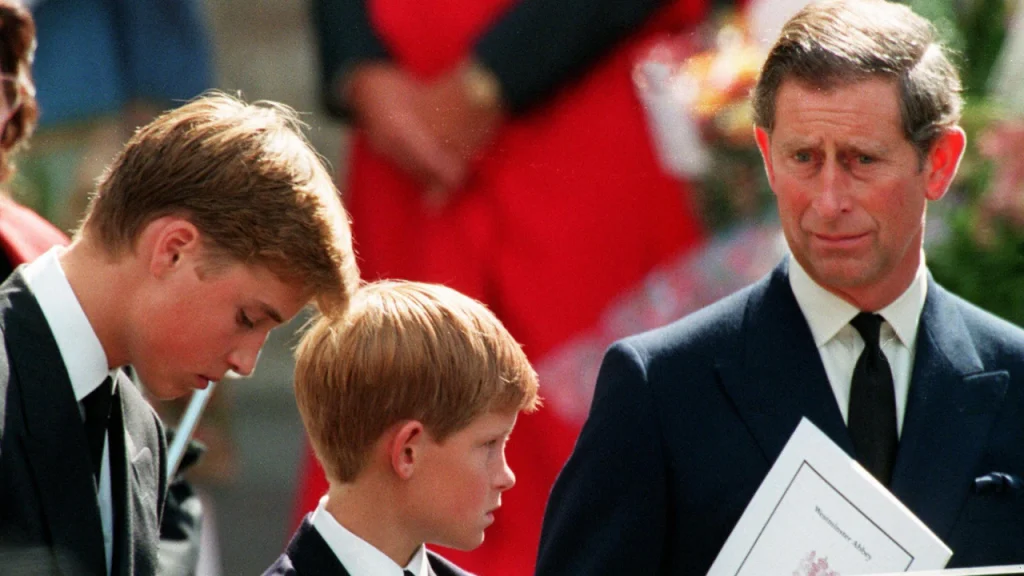

Charles learned from Diana’s legacy
Diana’s warmth and charisma made her beloved around the world. After her death, Charles realized that being distant and formal only alienated the public. Inspired by her example, he adopted a more approachable and kind demeanor, helping to humanize the monarchy. In many ways, Diana’s spirit of empathy still shapes the royal family through him.
Queen Camilla turned into public enemy number one
While Charles learned valuable lessons from Diana’s passing, his longtime partner Camilla Parker Bowles faced an entirely different challenge. Public anger turned her into the villain of the story. Royal expert Tina Brown told The Washington Post, “Camilla was seen as the ugly force that drove Diana into such pain and sadness.” For years, she was one of the most disliked women in Britain.
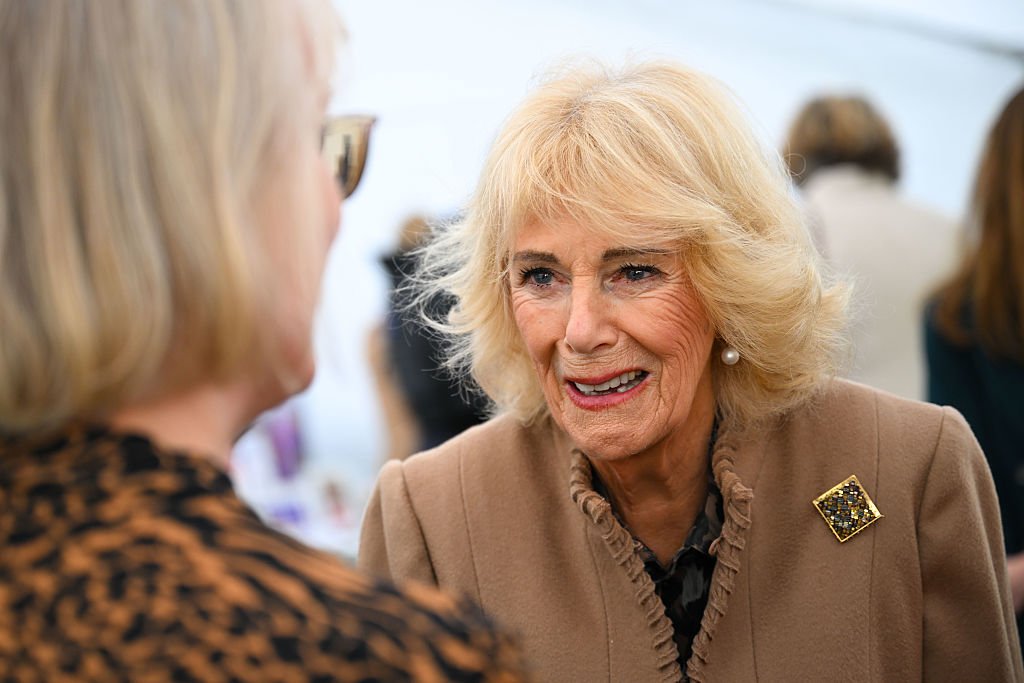
Camilla and Charles hired a PR team to rebuild their image
Both Charles and Camilla struggled with negative public perception after Diana’s death. They hired PR strategist Mark Bolland to rebrand Camilla from a manipulative mistress into a respectable royal companion. One of the most controversial alleged tactics involved leaking a story about Prince Harry’s substance use — supposedly to make Charles look like a responsible father. Instead, it further damaged Harry’s reputation, portraying him as a reckless young man still reeling from loss. Harry later addressed this in his memoir Spare.

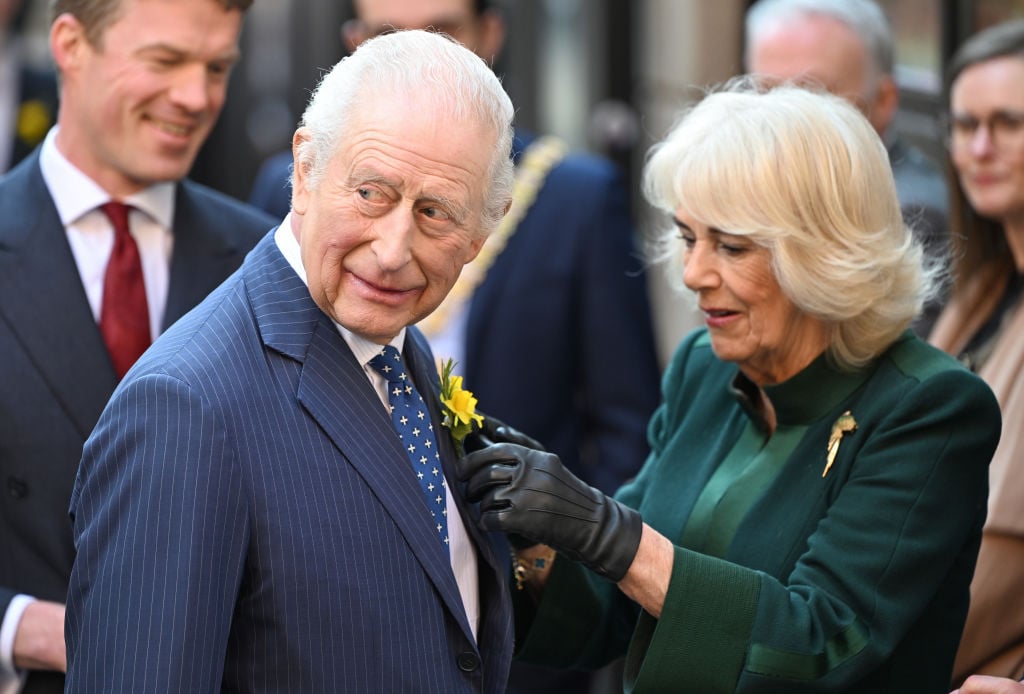
Prince Harry struggled with having a public role after Diana died
Harry was only 12 years old when he lost his mother, yet he was forced to grieve publicly. In an ITV interview, he recalled the overwhelming sight of thousands of bouquets and strangers sobbing for his mother. In Spare, he described breaking down during the funeral and feeling “ashamed for violating the family ethos” — but unable to hold his emotions back. This inner conflict between public duty and private pain would shape his future decisions as a royal.
Prince William threw himself into training to be king
After Diana’s death, William sought purpose in his royal role. He spent Sundays at Windsor Castle with Queen Elizabeth II and Prince Philip, who became parental figures to him. These meetings helped him find direction — he realized that his destiny was to serve as Britain’s future king. The sense of purpose gave him strength during his darkest period, and today, with Harry stepping away from royal duties, his path to the throne feels closer than ever.
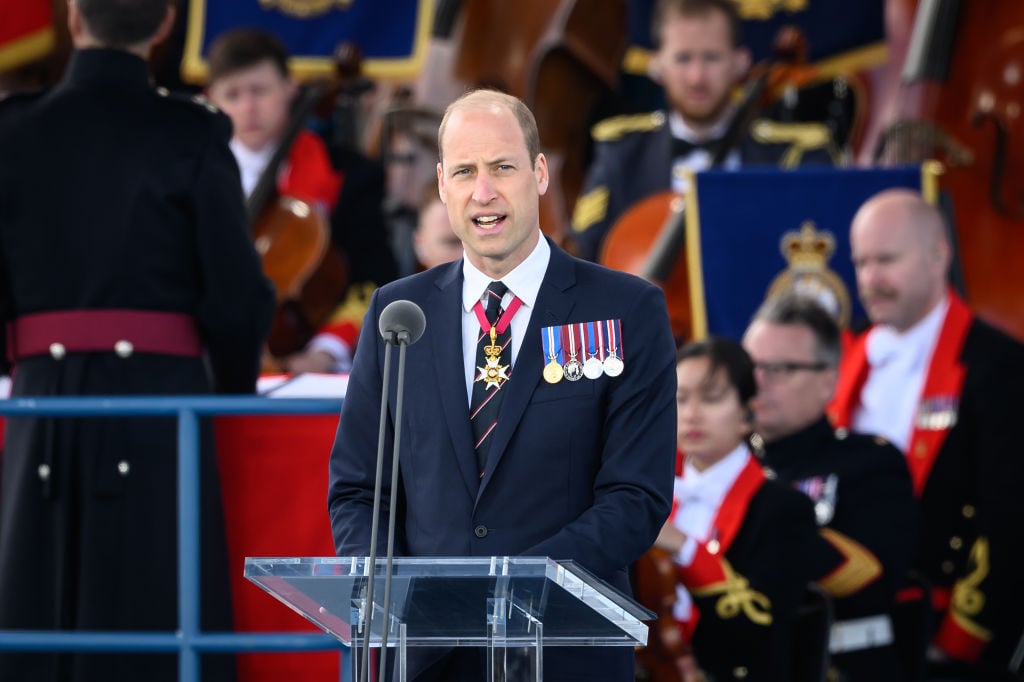
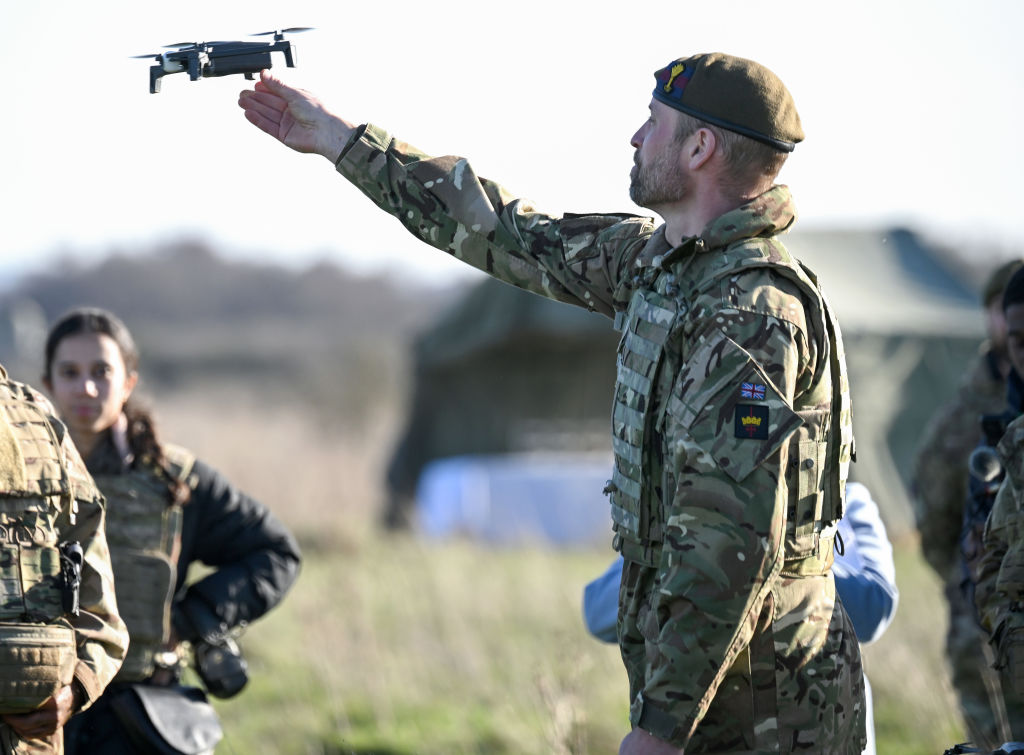

Diana’s tragic ending made William cautious in love
Even before Diana’s death, her marriage to Charles had been full of turmoil — and William knew it. After her passing, he reportedly questioned whether his father had ever truly loved his mother. The experience made him wary of rushing into relationships. As a result, he took things slowly and carefully until meeting Kate Middleton, ensuring that love, not pressure, guided his choices.
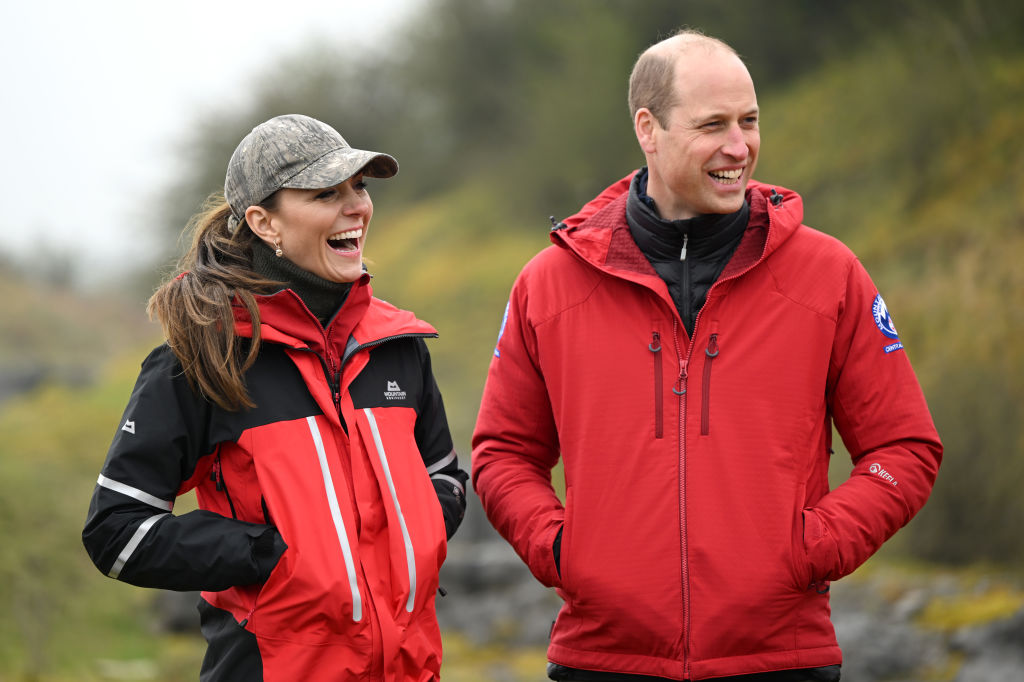
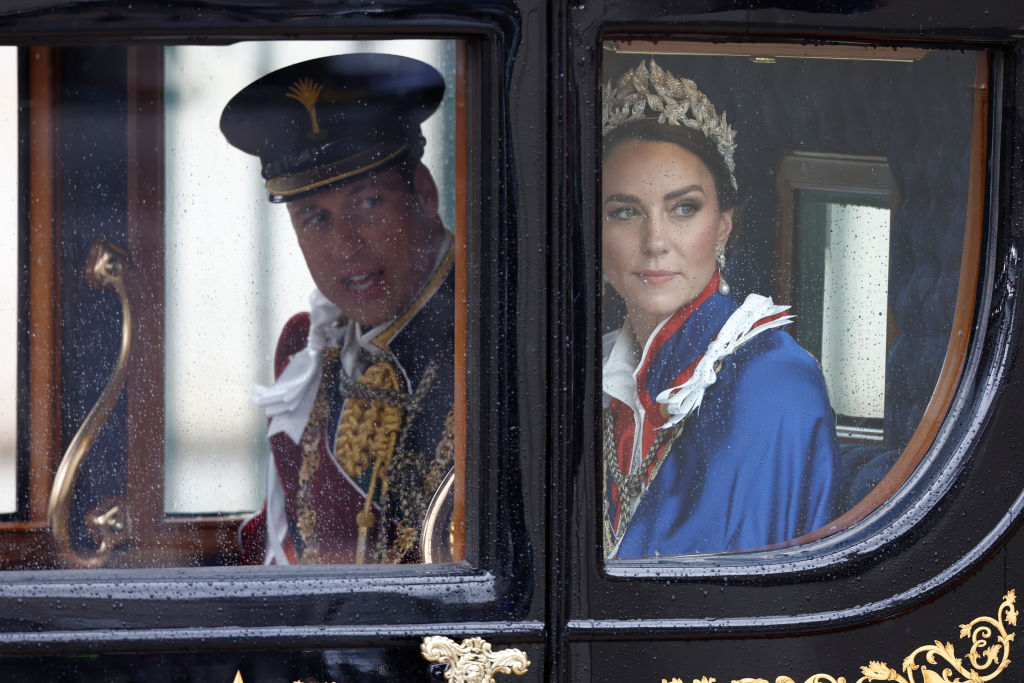
Harry became obsessed with security
Diana’s death, caused in part by relentless paparazzi, left Harry with lifelong trauma. When he met Meghan Markle, he became fiercely protective of her. After the couple stepped down as working royals, they lost taxpayer-funded security, which became a major point of contention. Harry refused to return to the UK without it, fearing history could repeat itself. His concern only grew after incidents involving paparazzi chases and a stalker.
William and Kate took parenting cues from Diana
Diana was a hands-on mother who prioritized emotional connection over tradition — and William and Kate follow her example closely. Diana famously refused to leave young William behind on royal tours, breaking decades of protocol. Similarly, William and Kate don’t have a live-in nanny, allowing staff to help only during the day. They also emphasize a down-to-earth upbringing for their kids — encouraging friendships outside elite circles and sending them to regular schools, just as Diana would have wanted.
